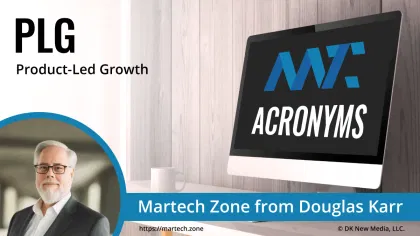
A go-to-market (GTM) strategy where the product itself drives user acquisition, expansion, conversion, and retention. In a PLG model, users typically gain value through direct interaction with the product—often via freemium, free trial, or self-serve onboarding—before they engage with a sales team. This bottom-up approach contrasts with traditional top-down sales strategies that rely on outbound sales or marketing to generate leads.
Core Principles of PLG
- User-first experience: The product is designed to deliver immediate and compounding value from when users sign up, often with minimal friction or human involvement.
- Self-serve model: Users can discover, try, and adopt the product independently, without requiring a sales conversation.
- Virality and network effects: PLG products often grow organically as users invite others, share data, or collaborate within the product.
- Usage-driven monetization: Revenue is typically tied to product usage or tiered upgrades, encouraging customer expansion as teams grow or usage increases.
Key Characteristics of PLG Companies:
- Free trials or freemium models allow users to experience the core value of the product without an upfront commitment.
- Product usage analytics that inform customer success, sales, and marketing teams about when and how to engage users based on in-app behavior.
- Low customer acquisition cost (CAC) at scale, due to organic discovery, word-of-mouth (WOM), and self-service onboarding.
- Customer success-led expansion where growth is driven by delivering product value rather than just closing sales deals.
PLG is a common strategy among SaaS companies that serve developers, marketers, or business users. These companies rely on viral loops, rapid time-to-value, and seamless onboarding to drive adoption and revenue.
While PLG emphasizes self-serve, it doesn’t eliminate the need for sales. Many PLG companies adopt a hybrid sales-assisted model, where sales teams engage with high-potential users or enterprise accounts based on product usage signals. This model is sometimes referred to as product-qualified leads (PQLs)—users who have demonstrated readiness to buy based on their engagement with the product.
PLG aligns with modern buyer preferences, especially in software, where users want to try before they buy. It’s scalable, efficient, and rooted in delivering real value early. It also creates better alignment between product, marketing, and sales teams because everyone is focused on driving engagement and success within the product.